Sensors already equip a range of tools to enhance monitoring capacity for conservation. Some of the higher bandwidth technologies, like camera traps and acoustic monitoring systems, have been essential elements of the conservation toolkit for decades, and thus have enough users that we've created dedicated WILDLABS groups to address them. But a whole range of lower bandwidth sensors beyond these core technologies are being increasingly integrated into conservation monitoring systems, and offer rich new insights into the wildlife and ecosystems we're all working to protect. As with many technologies, cost and access have historically been challenges to the adoption of new sensors, but with low-cost and open-source solutions on the rise, we're excited to see what the future of this space holds.
Getting Started with Sensors:
- Watch Shah Selbe's Tech Tutors episode on scaling FieldKit, an open-source conservation sensor toolbox, from a project to a successful conservation tech product.
- Check out our Virtual Meetup about Low-Cost, Open-Source Solutions in conservation tech, including a talk by Alasdair Davies on the Arribada Initiative's work with thermal sensors in early warning systems.
- For a more in-depth introduction, watch the first video in our datalogger mini-series: Freaklabs: How do I get started with Arduino?
In this group, you'll meet others who are using and innovating diverse sensors in their work, discuss ways to make sensors more effective & accessible for conservationists, learn about what sensors are already helping us accomplish in the field, and have the opportunity to ask and answer questions. Join this group to get started!
Header image: Emma Vogel, University of Tromsø
Scaling biodiversity monitoring, using smart sensors and ai-pipelines

- 0 Resources
- 2 Discussions
- 10 Groups
- @ahmedjunaid
- | He/His
Zoologist, Ecologist, Herpetologist, Conservation Biologist





- 63 Resources
- 7 Discussions
- 26 Groups
La Trobe University
Zoologist & Conservation biologist
- 0 Resources
- 1 Discussions
- 5 Groups
- @frides238
- | She/her
Hi! I am Frida Ruiz, a current Mechanical Engineering undergraduate student very interested in habitat restoration & conservation. I am excited to connect with others and learn about technology applications within applied ecology & potential research opportunities

- 0 Resources
- 5 Discussions
- 13 Groups
- @Robincrocs
- | He/Him//El//Ele
Wildlife biologist, works with Caimans and Crocodiles
- 0 Resources
- 0 Discussions
- 15 Groups
- @StephODonnell
- | She / Her



- 193 Resources
- 676 Discussions
- 32 Groups
2023 Bachelor Degree Graduate from the College of African Wildlife Management, Mweka.

- 0 Resources
- 3 Discussions
- 14 Groups

- 0 Resources
- 7 Discussions
- 7 Groups
- @Rob_Appleby
- | He/him
Wild Spy
Whilst I love everything about WILDLABS and the conservation tech community I am mostly here for the badges!!





- 1 Resources
- 315 Discussions
- 11 Groups
I am a conservation technology advisor with New Zealand's Department of Conservation. I have experience in developing remote monitoring tech, sensors, remote comms and data management.
- 0 Resources
- 0 Discussions
- 15 Groups
- 0 Resources
- 6 Discussions
- 4 Groups
Aarhus University
Biologist and Research Technician working with ecosystem monitoring and research at Zackenberg Research Station in Greenland





- 19 Resources
- 270 Discussions
- 7 Groups
PhD position available at the University of Konstanz in the Active Sensing Collective Group!
28 March 2025
We are hiring for a customer support / marketing specialist.
20 February 2025
Osa Conservation is launching our inaugural cohort of the ‘Susan Wojcicki Research Fellowship’ for 2025, worth up to $15,000 per awardee (award value dependent on project length and number of awards given each year)....
10 February 2025
New paper - "acoupi integrates audio recording, AI-based data processing, data management, and real-time wireless messaging into a unified and configurable framework. We demonstrate the flexibility of acoupi by...
7 February 2025
The Conservation Technology Laboratory within the Population Sustainability department is seeking two fellows for summer 2025
5 February 2025
Conservationists use tools like drones, satellites, and camera traps to monitor ecosystems and scale their impact. But new challenges like transparency, funding gaps, and engagement remain. Web 3.0 technologies offer...
28 January 2025
The worst thing a new conservation technology can do is become another maintenance burden on already stretched field teams. This meant Instant Detect 2.0 had to work perfectly from day 1. In this update, Sam Seccombe...
28 January 2025
The Zoological Society of London's Instant Detect 2.0 is the world's first affordable satellite connected camera trap system designed by conservationists, for conservationists. In this update, Sam Seccombe describes the...
21 January 2025
Over the years, a large number of developments have gone up in the area that I live in and the municipality is not doing what they should when it comes to upholding the laws that have been put in place to protect the...
20 January 2025
The Marine Innovation Lab for Leading-edge Oceanography develops hardware and software to expand the ocean observing network and for the sustainable management of natural resources. For Fall 2025, we are actively...
6 October 2024
Join the team at FieldKit, an open-source software and hardware sensor platform, and help us validate the quality and usability of the FieldKit platform.
25 September 2024
January 2025
event
October 2024
event
16 Products
Recently updated products
117 Products
1 R&D Projects
81 Organisations
Recently updated products
Recently updated R&D Projects
Recently updated organisations
| Description | Activity | Replies | Groups | Updated |
|---|---|---|---|---|
| Thanks Phil - I have e-mailed you.Peter |
|
Animal Movement, Sensors | 3 weeks ago | |
| One of our goals with explorer.land is to bridge satellite data and on-the-ground perspectives — helping teams combine field updates,... |
|
AI for Conservation, Geospatial, Open Source Solutions, Sensors | 1 month ago | |
| True, the US ecosystem is a challenging space right now, for basically all sectors. We should not let the US chaos prevent us from engaging with opportunities in other... |
|
AI for Conservation, Camera Traps, Connectivity, Drones, Emerging Tech, Ethics of Conservation Tech, Marine Conservation, Sensors | 1 month ago | |
| Hi WILDLABS Community,I’m Simon Juma from Kenya, working on a project to track and manage Red-billed Quelea birds, which... |
|
AI for Conservation, Sensors | 2 months ago | |
| Thank you! I will follow up by email. |
+8
|
Animal Movement, Conservation Dogs, East Africa Community, Geospatial, Sensors, Women in Conservation Tech Programme (WiCT) | 2 months 1 week ago | |
| Thanks Jack, that's an interesting repo. |
|
Sensors | 2 months 2 weeks ago | |
| Sure, Akio! Happy to answer!1. Yes, something like that. The few existing i guess applied already for GPS collar (literally collar) that usually for big cats and some other big... |
|
Sensors, Animal Movement, Open Source Solutions | 2 months 2 weeks ago | |
| How much does it cost to incorporate machine learning into your conservation drone geospatial analysis? How does it speed up your workflow... |
|
Conservation Tech Training and Education, Drones, Geospatial, Open Source Solutions, Sensors, Software Development | 2 months 3 weeks ago | |
| Thanks so much for all the advice!! This seems very achievable. We don't mind having the fibre optic fixed in place as we planned to have a shorter one specifically for this... |
|
Sensors, Marine Conservation | 2 months 3 weeks ago | |
| Hi Dan, Not right now but I can envision many uses. A key problem in RS is data streams for validation and training of ML models, its really not yet a solved problem. Any... |
|
Emerging Tech, AI for Conservation, Animal Movement, Build Your Own Data Logger Community, Camera Traps, Connectivity, Conservation Tech Training and Education, Data management and processing tools, Geospatial, Sensors | 3 months ago | |
| @Eric24 The use case is as I wrote to Patrick: "a parent unit in the centre of a conservation area which is to recieve one way packets from child sensor units spread around the... |
|
Sensors | 3 months 1 week ago | |
| Hi Lucille,Thank you for your reply! We’d be really interested in learning more about your developments. We’ll contact you soon to arrange a discussion.Thank you.Best regards,... |
|
Acoustics, AI for Conservation, Sensors | 3 months 1 week ago |
Recommended lora receiver capable microcontrollers
28 November 2024 8:40am
4 December 2024 8:24pm
A good candidate for low power hibernation and processing power is the Teensy 4.1 from PJRC, which is an ARM Cortex M7. standard clock is 600 MHz and there is provision for 16 MB PSRAM. It hibernates at 0.1 ma. What is more important than the specs, there is a very active (the best IMHO) community Search | Teensy Forum with direct connection to the developer (Paul Stoffregen). For a simple recorder consumption is 50% higher than RP2040 (Teensy running at 24 MHz and RP2040 running at 48 MHz, but RP2040 is M0+ and not a M7).
5 December 2024 6:08am
Thanks! The Teensys are nice for processing power if choosing an external Lora board I’d say that’s a good choice. I started with teensies, there was a well supported code base and certainly well priced.
My preference is to one with onboard Lora. I’ve used one one onboard murata Lora before. It was good both for low power operation and it’s Lora operation.
For a transmitter the grasshopper if it’s still being made is quite good for small distances are being made because it has an onboard ceramic antennae. Which is good for about three houses away, although one was also received > 20 km away.
Instant Detect 2.0 and related cost
16 November 2023 12:50am
11 November 2024 9:16am
Sam any update on Instant Detect 2.0 - previously you mentioned that you hope to go into volume production by mid-2024?
I would love to also see a comparison between Instant Detect 2.0 and Conservationxlabs' Sentinel products if anyone has done comparisons.
Are there any other similar solutions currently on the market - specifically with the images over LoRa capability, and camera to satellite solution?
11 November 2024 6:41pm
Nightjar comes to mind but I am not too sure if it is actually “on the market”…
19 November 2024 6:44pm
There's quite a few diy or prototype solutions described online and in literature - but it seems none of these have made it to market yet as generally available fully usable products. We can only hope.
Collar Automatic Release Mechanisms
3 November 2024 8:14pm
9 November 2024 6:24pm
Re: the conversation about alternatives to knots/tying nylon line, I wonder if something like these PCB mount screw terminals would be strong enough to hold line in place for a long time, but also not sever it? They could be mounted either side of the nichrome coil, with holes for the nylon to come through from underneath, pulled over the nichrome and then through the screw terminal, where it can be secured in place. The metal screws could potentially be replaced with nylon to make it a little 'softer' on the line maybe? Below is an absolutely amazing diagram of the idea! Could even make a PCB for it all (or mod the current drop-off PCB to have this at the front)...the only thing is they aren't the smallest things in the world...so good for larger drop-offs maybe (certainly ok for AWDs I reckon) but not smaller critters...
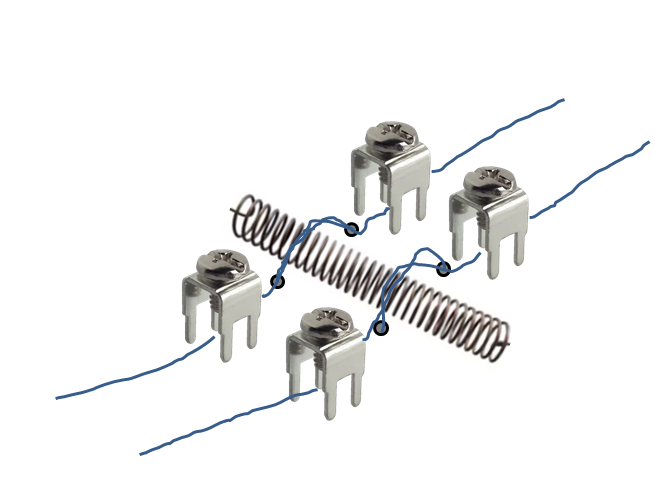
10 November 2024 4:58pm
I've been trying to find something off the shelf along those lines @Rob_Appleby
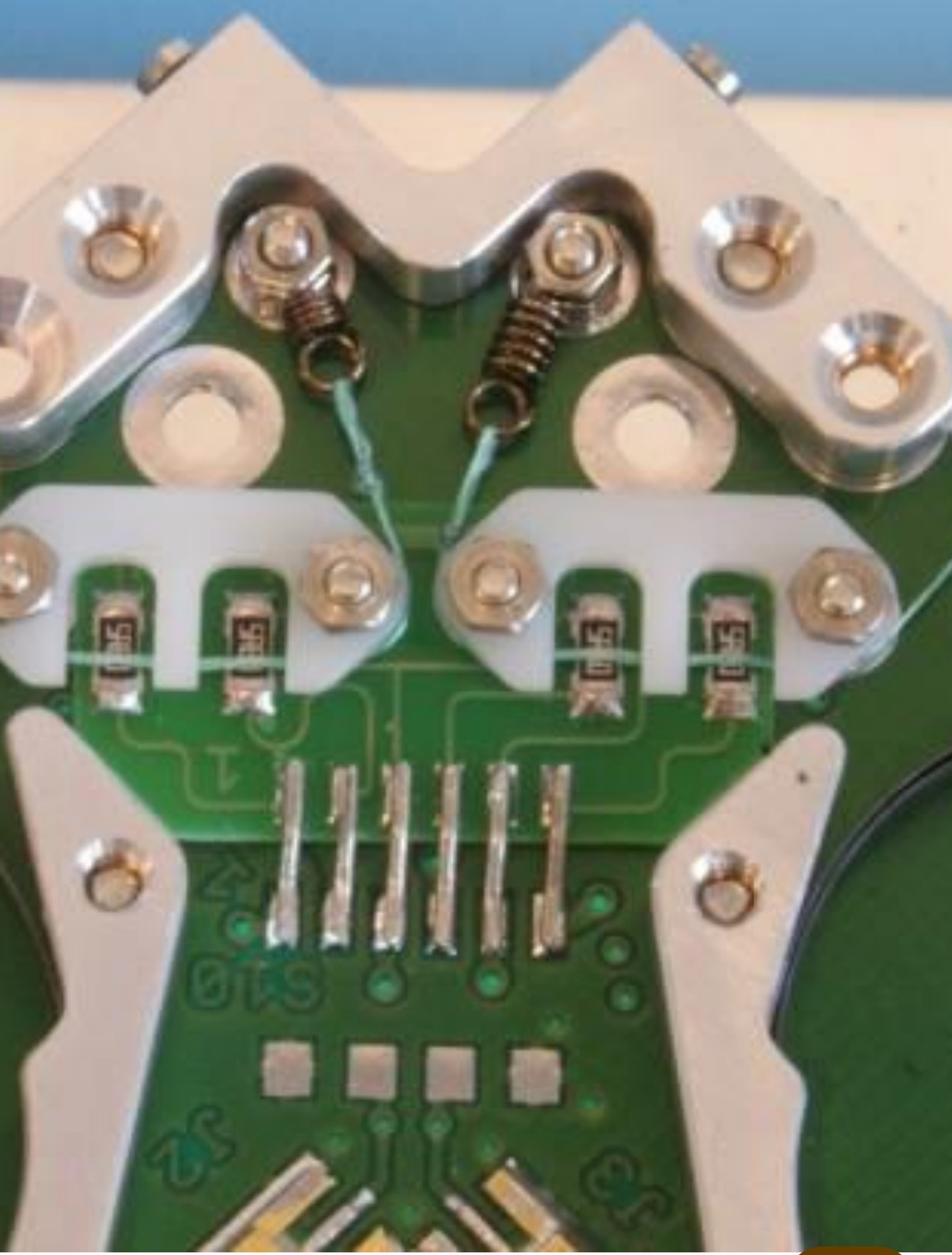
This is a cubesat example that's neat but not really meant to withstand the load an animal would put on it.
Seems like most tensioning examples out there are custom made but I'm convinced it can be done with off the shelf parts.
Regarding worries of damaging the line you can use ptfe tube or polyester/fep heatshrink for added abrasion resistance.
10 November 2024 9:00pm
The PCB mount terminals are actually quite robust and paired with a lock washer and something that would better secure the nylon (e.g., a piece of flat grooved plastic to add compressive loads across the string and not pinch it), I think it would work nicely.
As a separate idea, I just designed a circuit with SMD threaded standoffs, which I am going to secure in plastic and screw onto aluminum pieces that I'll be testing the ElectRelease with once it delivers. The standoffs are mounted on a circuit board, giving a 50V differential with a single-cell LiPo, hopefully releasing the epoxied aluminum plates.
Can wireless charging technology be used for animal sensors?
17 October 2024 7:03am
23 October 2024 3:43pm
The results in the paper you mentioned are really exciting technology. It can really do a lot of things.
Thanks for your reply!
23 October 2024 4:00pm
Although this technology may not be mature now, and there are still many problems to be discussed and solved, I think it will have good application prospects.
Unfortunately, I am just an undergraduate student in China, and what I can do is very limited. Maybe in the future I can also do some similar research or what I want to do. Just like you, I am studying hard now.
Thank you very much for this forum and the professionals who responded to me. You have allowed me to see more perspectives and many things I didn't realize. Thank you very much!
28 October 2024 3:13pm
No problem at all Yu (@JY) and good luck with your studies! Happy to discuss this and any other ideas any time.
All the best,
Rob
MS and PhD Opportunities in Ocean Engineering and Oceanography
6 October 2024 9:44am
Quality Assurance Lead for FieldKit
25 September 2024 5:29pm
Design-led innovation for nature
20 September 2024 2:24pm
CORDAP opens call for innovative projects (<$1.5M) on coral conservation and restoration
26 August 2024 6:01pm
WILDLABS Virtual Meetup: Bioacoustics Data Analysis and AI
22 August 2024 7:22pm
WILDLABS Virtual Meetup: Bioacoustics Data Networks and Platforms
22 August 2024 5:45pm
WILDLABS Virtual Meetup: Bioacoustics Hardware Innovation
22 August 2024 5:25pm
Community Choice Award Winners: 2024 #Tech4Wildlife Photo Challenge
15 August 2024 2:41am
Cast your vote in the #Tech4Wildlife Photo Challenge Community Choice Awards!
12 August 2024 1:46pm
12 August 2024 9:15pm
13 August 2024 11:26am
Move BON Development: Follow up discussion
19 June 2024 12:02pm
11 July 2024 10:14pm
You can catch up on the recording at that same link to the June Variety Hour! Lacey's fabulous talk starts around the 9:40 mark :)
12 July 2024 5:38am
Hi Talia!
I feel like the topic is so broad that it might help to put some constraints around things, see what works, and then broaden those out. I have a lot of ideas regarding the data monitoring and collection side based on the other sensor and observation networks we've set up in the past.
There may also be some potential scope to incorporate things like data collection and integrated monitoring to the Build Your Own Datalogger series where the system is updated to feed data into the observation network.
It'd probably take a bit of discussion and coordination. Let me know if interested. I'm fine to jump on a call or discuss via email too.
22 July 2024 9:24pm
@cmwainaina please take a look
19th Australasian Vertebrate Pest Conference 2024
12 July 2024 12:42am
Game-changing Bat Detectors to Hit Global Market
2 July 2024 1:18pm
Global trials for "Reefie" the coral reef inspector
30 June 2024 12:52pm
Case Study: Drone-based radio-tracking of Eastern Bandicoots
14 June 2024 3:53am
Postdoctoral Research Associate: Bioacoustics & population modeling
11 June 2024 9:35pm
Fully funded PhD in AI biodiversity monitoring
11 June 2024 1:07pm
New WILDLABS Funding & Finance group
5 June 2024 3:24pm
5 June 2024 4:14pm
6 June 2024 1:38am
6 June 2024 4:16am
Apply! 2024 Conservation Tech Award
3 June 2024 3:51pm
Share Your Work in a Conservation Technology Video
17 May 2024 9:06pm
CollarID: multimodal wearable sensor system for wild and domesticated dogs
3 May 2024 1:42am
3 May 2024 10:14am
Hi Patrick,
This is so cool, thanks for sharing! It's also a perfect example of what we were hoping to capture in the R&D section of the inventory - I've created a new entry for #CollarID so it's discoverable and so we can track how it evolves across any mentions in different posts/discussions that come up on WILDLABS. This thread appears on the listing, and I'll make you three the contacts for it too. But please do go in and update any of the info there as well!
Steph
3 May 2024 2:01pm
Hi Steph,
We appreciate the support! Thanks for the tag and your help managing the community!
Patrick
WILDLABS AWARDS 2024 - Underwater Passive Acoustic Monitoring (UPAM) for threatened Andean water frogs
30 March 2024 3:54pm
5 April 2024 12:13pm
Congratulations, very exciting! Keep us updated!
7 April 2024 6:09pm
This is so cool @Mauricio_Akmentins - congrats and look forward to seeing your project evolve!
1 May 2024 5:17pm
Congratulations! My first hydromoth was just arrived yesterday and so excited! Looking forward for the update from your project!!!
The Inventory User Guide
1 May 2024 12:46pm













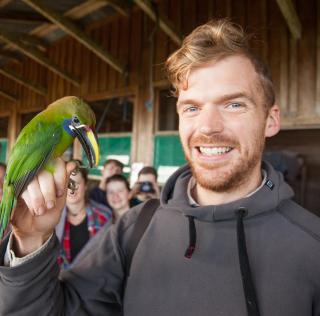


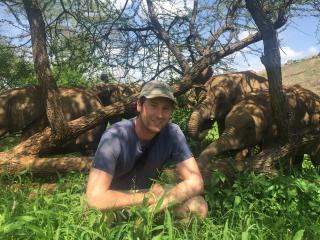

















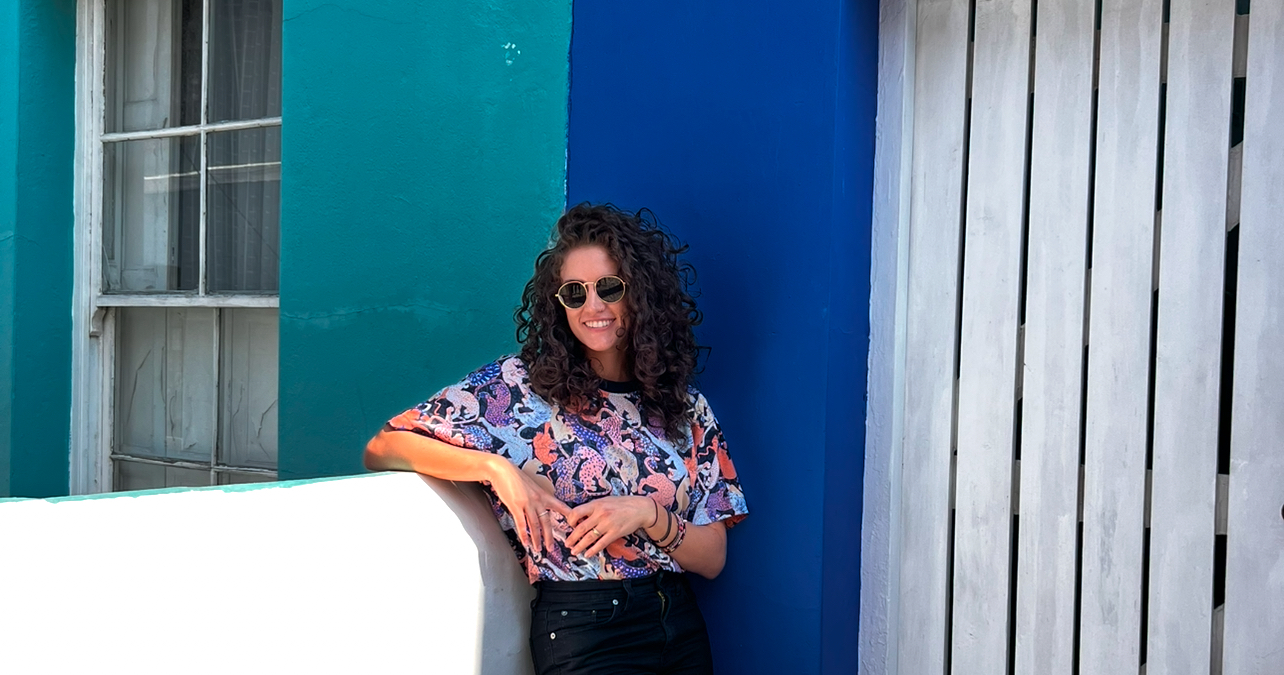































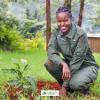
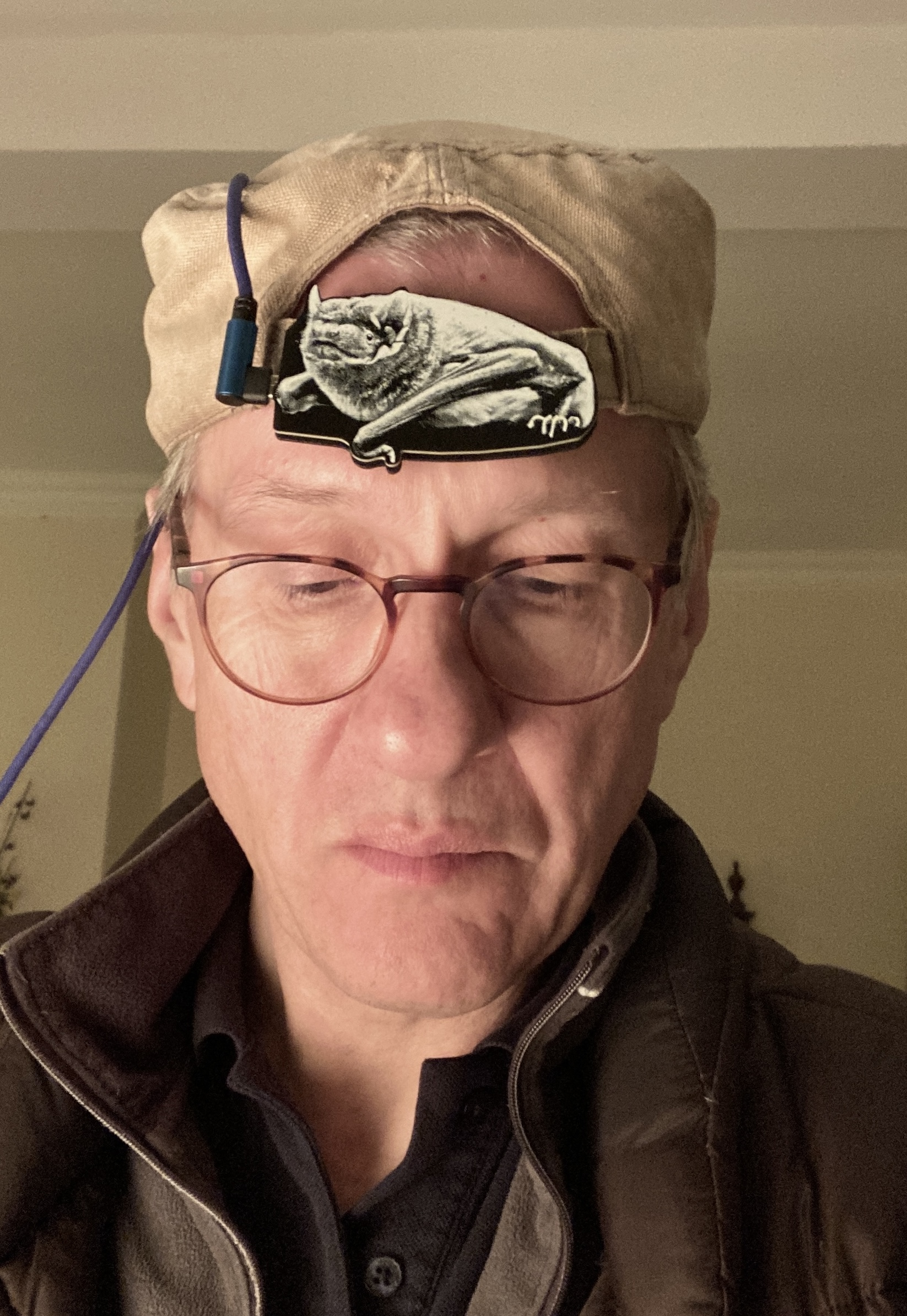







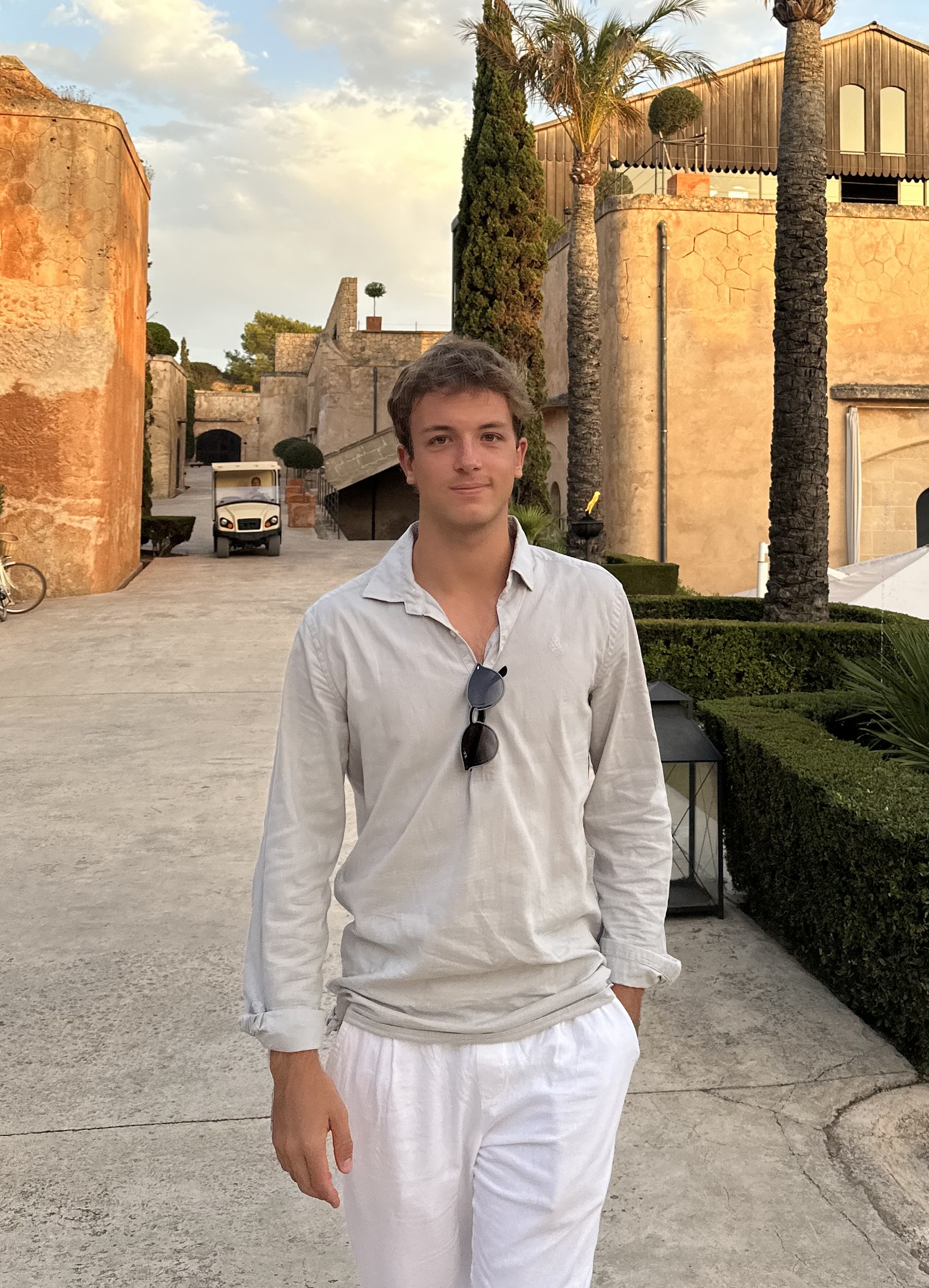
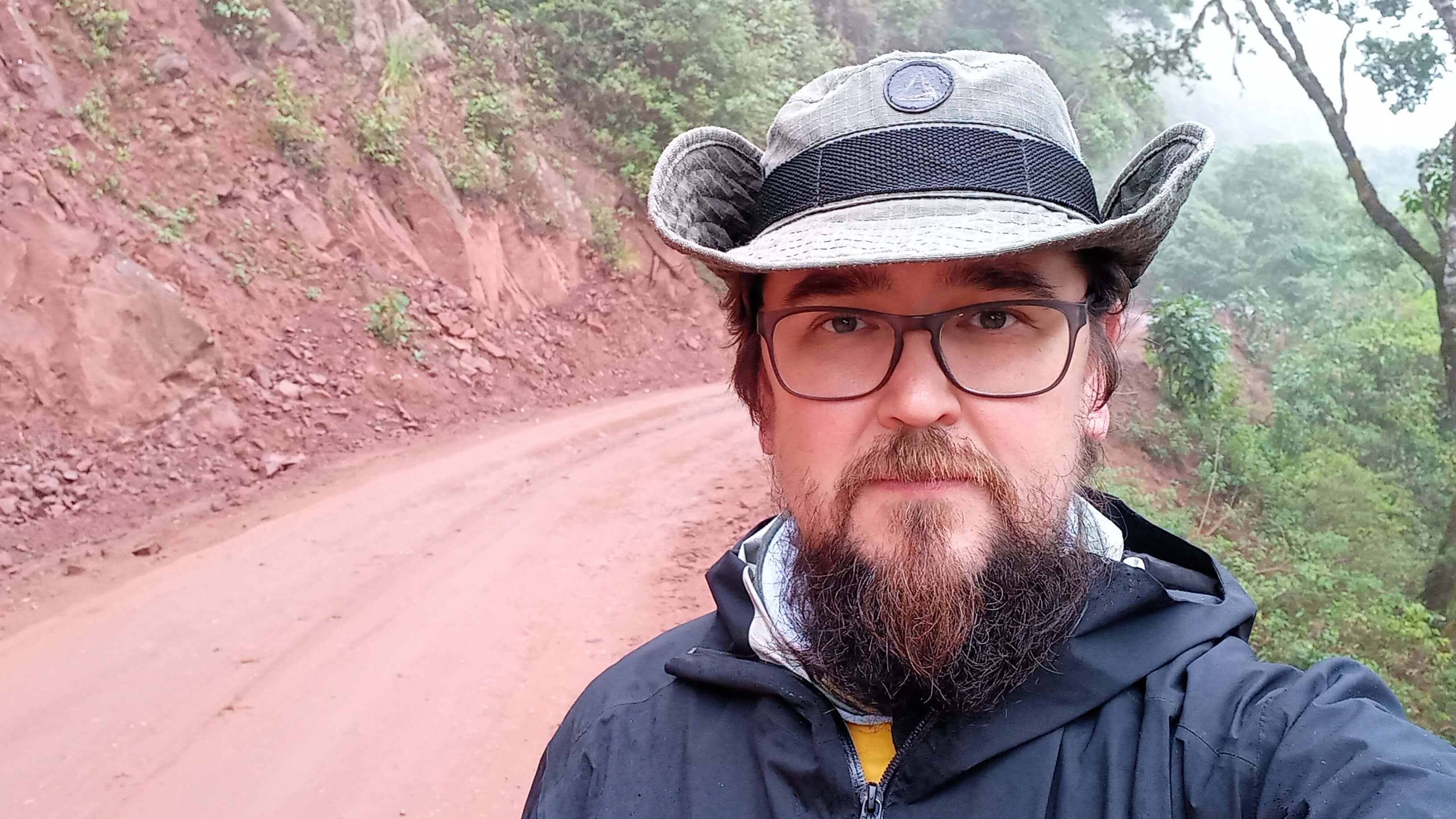

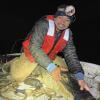

4 December 2024 4:21pm
@ioanF , you can do a little bit better than 10 ma. I have here an adalogger rp2040 feather with DS3231 RTC wing and a I2S Mems microphone. During "dormant" mode running from xosc and waiting for DS3231 wakeup I get 4.7 ma . This includes about 1 ma for microphone and DS323 together. OK, that is still 3 ma higher than 0.7 ma RP2040 documentation is said to claim. I guess, there is some uncertainty with the AT35 USB tester I'm using. Putting the LDO enable pin (EN) to ground, the USB tester said 1 ma, which may be dominated by the offset of the tester as the LIPO charger as remaining component should only consume 0.2 ma (max).
Edit (for the records): After 'disabling' all GPIO but the RTC wakeup pin, the system (RP2040+DS3231 RTC+ I2S Mems microphone) consumes only 1.8 mA. I guess I`m now close to the clamed dormant power consumption!